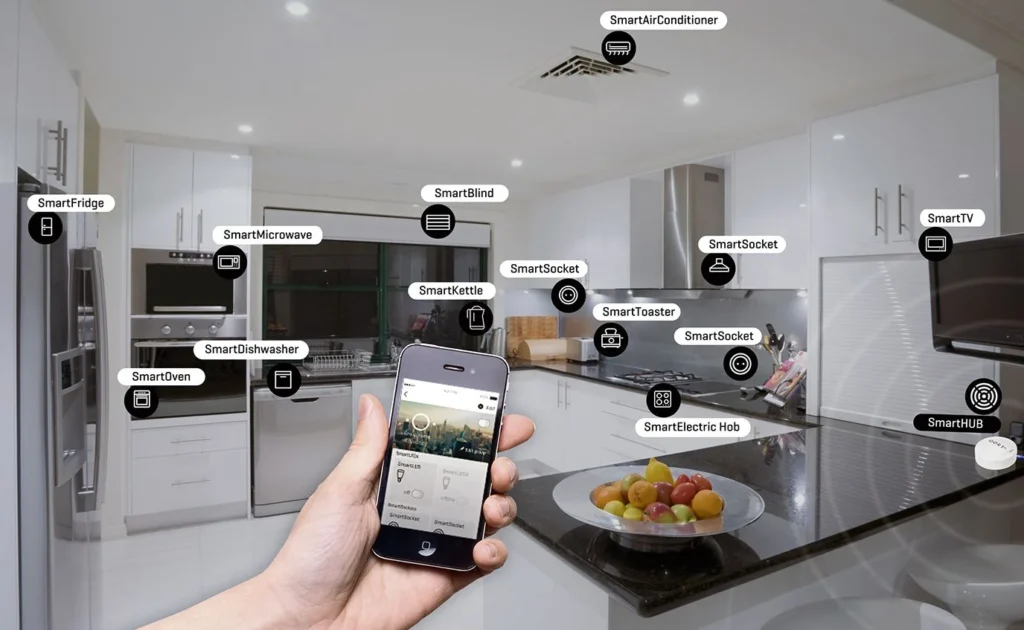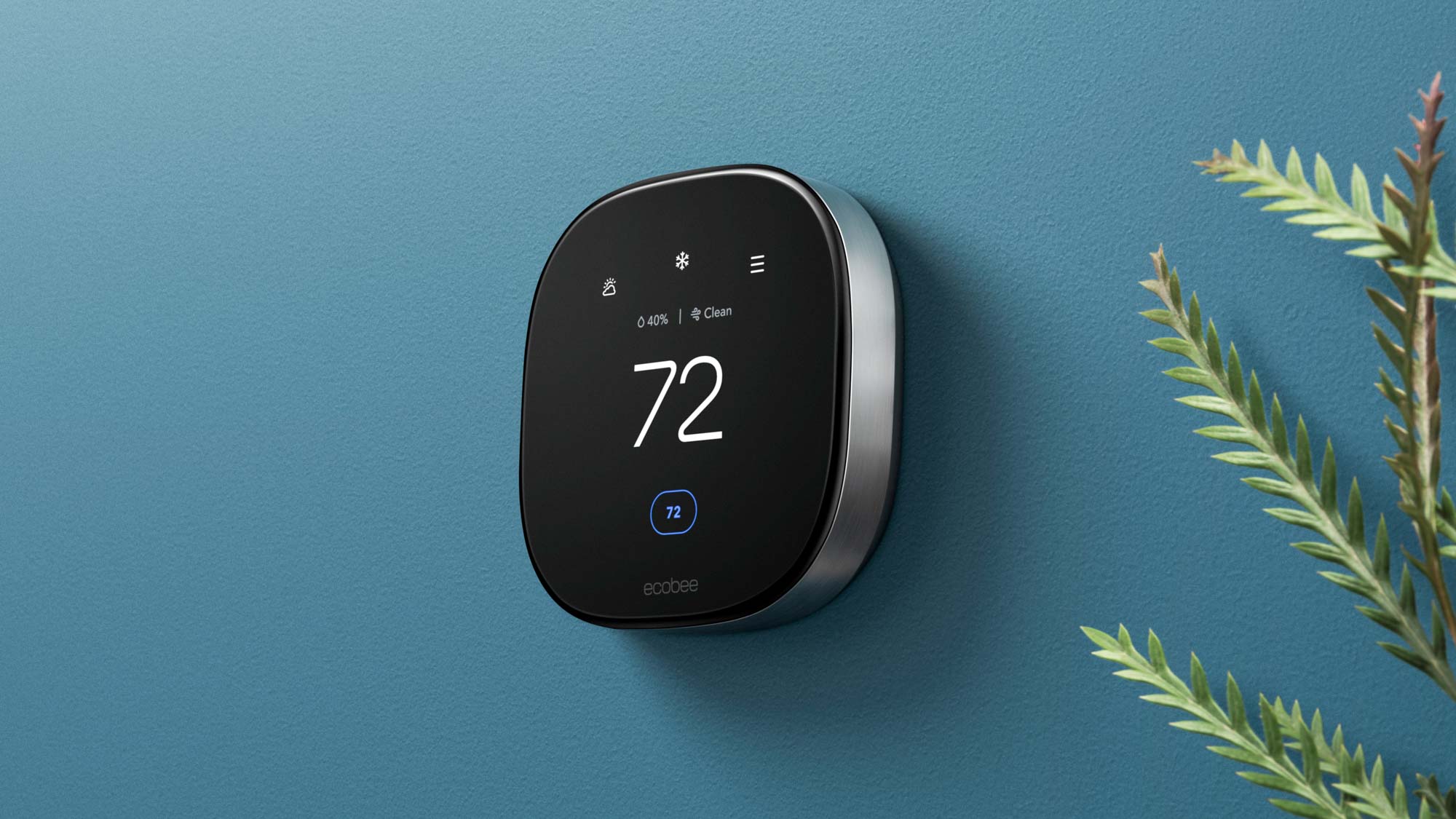In the age of smart technology, the Internet of Things (IoT) has transformed the way we live and work. From smart thermostats to voice-controlled assistants and security cameras, IoT devices offer unprecedented convenience and connectivity. However, as the number of smart devices in homes and businesses grows, optimizing your IoT setup becomes essential for seamless functionality and performance. Here’s how you can get the most out of your IoT network and ensure seamless integration between new and older smart devices.
1. Assess Your IoT Network and Devices
Begin by taking inventory of all your IoT devices, including their make, model, and connectivity requirements. Understanding your current setup will help you:
- Identify outdated devices that may struggle with compatibility.
- Determine bandwidth requirements based on the number of devices and their usage.
- Plan for future expansions.
2. Invest in a Reliable Router and Network
Your router is the backbone of your IoT network. To optimize your setup:
- Upgrade to a router with dual-band or tri-band capabilities to support multiple devices simultaneously.
- Use routers that offer Quality of Service (QoS) settings to prioritize critical IoT devices.
- Ensure your Wi-Fi coverage is sufficient for your entire space. Consider mesh Wi-Fi systems for large homes or offices.
3. Use a Dedicated IoT Network
Segregate your IoT devices from your primary network by creating a dedicated network for smart devices. This setup:
- Enhances security by isolating IoT devices from sensitive data on your primary network.
- Reduces congestion and improves performance for both networks.
4. Keep Firmware and Software Updated
Manufacturers frequently release updates to improve performance and security. Regular updates ensure:
- Compatibility with new devices and standards.
- Enhanced features and bug fixes.
- Protection against emerging cybersecurity threats.
5. Ensure Device Compatibility
When integrating new devices into your setup:
- Check for compatibility with existing smart hubs or ecosystems, such as Alexa, Google Home, or Apple HomeKit.
- Opt for devices that support universal protocols like Zigbee or Z-Wave for broader compatibility.
- Avoid devices with proprietary protocols unless they align with your existing system.
6. Optimize Device Placement
The physical location of your IoT devices and router significantly impacts connectivity. To enhance performance:
- Position your router centrally and elevate it to reduce obstructions.
- Place IoT devices within the recommended range of your network.
- Use Wi-Fi extenders or mesh systems to eliminate dead zones.
7. Automate and Customize Settings
Leverage automation to enhance convenience and efficiency. Most IoT ecosystems allow you to:
- Create routines and schedules for devices like lights, thermostats, and appliances.
- Use geofencing to trigger actions based on your location, such as turning on lights when you arrive home.
- Integrate devices for seamless interaction, such as syncing motion sensors with security cameras.
8. Monitor and Manage Your IoT Network
Monitoring your IoT network ensures it operates smoothly. Use network management tools to:
- Track device activity and bandwidth usage.
- Identify and troubleshoot connectivity issues.
- Remove unused or redundant devices to free up network resources.
9. Prioritize Security
IoT devices are prime targets for cyberattacks. Strengthen your network security by:
- Using strong, unique passwords for each device.
- Enabling two-factor authentication (2FA) where available.
- Disabling unused features like remote access when not needed.
10. Plan for Scalability
As your IoT network grows, plan for scalability to accommodate future devices. Choose systems and devices that are forward-compatible, and consider investing in advanced smart hubs that can integrate new technologies.
Conclusion
Optimizing your IoT setup is not just about adding the latest devices; it’s about creating a cohesive, secure, and efficient network that supports your lifestyle or business needs. By following these steps, you’ll ensure seamless connectivity between new and older smart home products, maximize your IoT investment, and enjoy the full potential of your smart devices. Embrace the future of IoT with confidence and take control of your connected world today!




